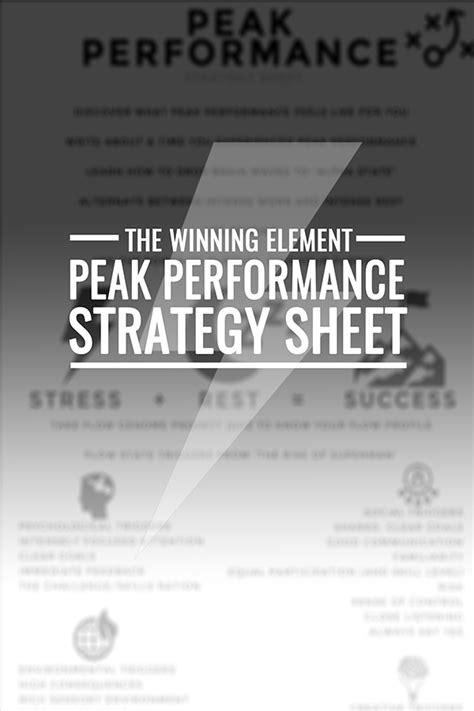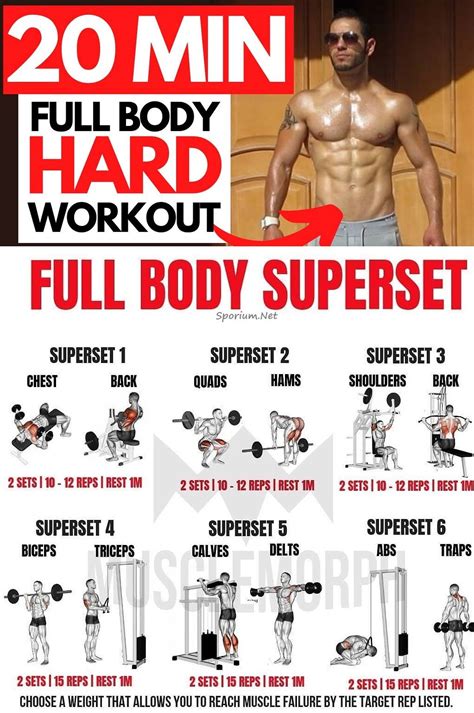Optimize workout intensity & volume to smash plateaus for peak performance?

Breaking Through: The Art of Intensity and Volume Manipulation
Every dedicated athlete eventually faces the dreaded training plateau – a frustrating period where progress stalls, lifts refuse to budge, and motivation wanes. But what if the key to smashing through these barriers and unlocking new levels of peak performance lies in a deeper understanding and strategic manipulation of two fundamental training variables: intensity and volume?
Optimizing your workout intensity and volume isn’t just about working harder; it’s about working smarter, understanding the intricate dance between these elements to continuously challenge your body and force adaptation.
Understanding Workout Intensity
Intensity in strength training refers to how heavy you lift relative to your maximum capacity. It’s often expressed as a percentage of your one-repetition maximum (1RM) or through Repetitions in Reserve (RIR) or Rate of Perceived Exertion (RPE). High intensity typically means fewer reps with heavier weights, pushing your muscle fibers to their absolute limit. This type of training is crucial for strength gains and neurological adaptations.
Manipulating intensity can involve varying the load, changing the tempo of your lifts (e.g., slower negatives), or shortening rest periods. The goal is to ensure that the working sets are challenging enough to stimulate growth and adaptation.

Understanding Training Volume
Volume, on the other hand, refers to the total amount of work performed over a given period. It’s commonly calculated as sets x reps x weight, but can also be thought of as total reps, time under tension, or total tonnage. High volume training involves more sets and reps, often with moderate weights, and is a primary driver of muscle hypertrophy (growth) and endurance.
Increasing volume can mean adding more sets, more repetitions per set, more exercises, or training more frequently. It’s about accumulating enough stress to signal your body to build more muscle and improve work capacity.

The Intensity-Volume Relationship: A Critical Balance
The relationship between intensity and volume is often inverse: as one goes up, the other typically comes down. You can’t sustain maximal intensity (e.g., 90%+ 1RM) for high volumes, just as you can’t lift light weights for low volumes and expect significant strength gains. Finding the right balance is paramount for continuous progress.
For example, a powerlifter might prioritize high intensity (heavy loads, low reps) with moderate volume, while a bodybuilder might use moderate intensity with high volume to maximize muscle growth. For smashing plateaus, understanding how to shift this balance strategically is key.

Strategies to Smash Plateaus
1. Progressive Overload: More Than Just Weight
The fundamental principle of training, progressive overload, means continually challenging your muscles beyond their previous limits. While often thought of as simply adding more weight, it can also involve:
- Increasing Reps: Performing more repetitions with the same weight.
- Adding Sets: Doing more working sets.
- Decreasing Rest Times: Reducing the time between sets.
- Improving Form/Tempo: Lifting with stricter form or manipulating the eccentric/concentric phases.
- Increasing Frequency: Training a muscle group more often.
2. Periodization: The Strategic Shift
Periodization involves structuring your training into different phases (e.g., hypertrophy, strength, power) where intensity and volume are systematically varied over time. This prevents adaptation, reduces overtraining risk, and ensures continuous progress. Common types include:
- Linear Periodization: Gradually increasing intensity while decreasing volume over several weeks.
- Undulating Periodization: Varying intensity and volume on a daily or weekly basis (e.g., heavy day, moderate day, light day).
- Block Periodization: Focusing on one specific training goal for a block of time, then switching to another.
Implementing periodization allows you to cycle through different stimuli, ensuring your body doesn’t get too accustomed to one type of stress.

3. Deloads: The Art of Strategic Retreat
Sometimes, the best way to move forward is to take a step back. A deload week involves significantly reducing intensity, volume, or both. This allows your body to recover fully, repair tissues, and reduce accumulated fatigue, preparing you for another productive training cycle. It’s not a sign of weakness but a vital component of smart training for peak performance.
4. Exercise Variation and Novel Stimuli
Introducing new exercises or variations of existing ones can challenge your muscles in different ways, stimulating new growth. For instance, if you’ve been plateauing on barbell squats, incorporating front squats, box squats, or leg presses can provide a novel stimulus that translates back to improved barbell squat performance.
Putting It All Together: A Personalized Approach
Optimizing intensity and volume is not a one-size-fits-all formula. It requires self-awareness, tracking your progress, and understanding your body’s response to different stimuli. Experiment with different splits, rep ranges, and loading schemes. Pay attention to how you feel, monitor your sleep, nutrition, and recovery. Listen to your body and be willing to adjust your plan based on real-time feedback.
By strategically manipulating these core variables, you transform your training from a repetitive grind into a dynamic process of continuous challenge and adaptation. This intelligent approach is what ultimately leads to smashing plateaus and unlocking your true peak performance potential.
![Install Now & Get Personalized Workout Plan 💪 [Video] | Workout ...](/images/aHR0cHM6Ly90czEubW0uYmluZy5uZXQvdGg/aWQ9T0lQLjY3aUVNYVZUMEFXYzN3d0xBRHQ4d1FIYUxIJnBpZD0xNS4x.webp)
Conclusion
Plateaus are inevitable, but they don’t have to be permanent roadblocks. By intelligently adjusting your workout intensity and volume, incorporating periodization, understanding the value of deloads, and embracing exercise variation, you equip yourself with the tools to consistently overcome obstacles. Embrace the journey of discovery, refine your approach, and watch as you not only smash through plateaus but also redefine your own limits for peak performance.





